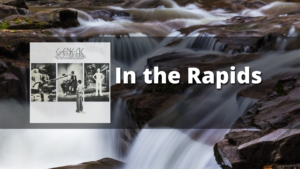Yes The Video Is Here... This is where I take a deep breath and finally rank all 11 Studio Albums Of Gentle Giant!
Gentle Giant holds a unique place in the history of progressive rock. Their daring compositions, virtuosic musicianship, and fusion of genres like rock, classical, jazz, and medieval music made them trailblazers in the genre. Over their 10-year career, they released 11 studio albums, each with its own distinct flavor and place in the evolution of their sound.
In this post, I’ll guide you through Gentle Giant’s incredible discography, diving into the themes, styles, and dynamics that shaped each album. But here’s the twist: I won’t reveal how I rank them—especially the top four! For that, you’ll have to watch my YouTube video on ProgAxia where I break down the rankings in detail. Trust me, it’s a must-watch for fans of the band and prog rock enthusiasts alike. Be sure to subscribe to the channel, leave a comment with your own thoughts, and join the discussion—I love reading and responding to your input!
Now, let’s take a look at the journey of Gentle Giant’s music, from its adventurous beginnings to its bittersweet conclusion.
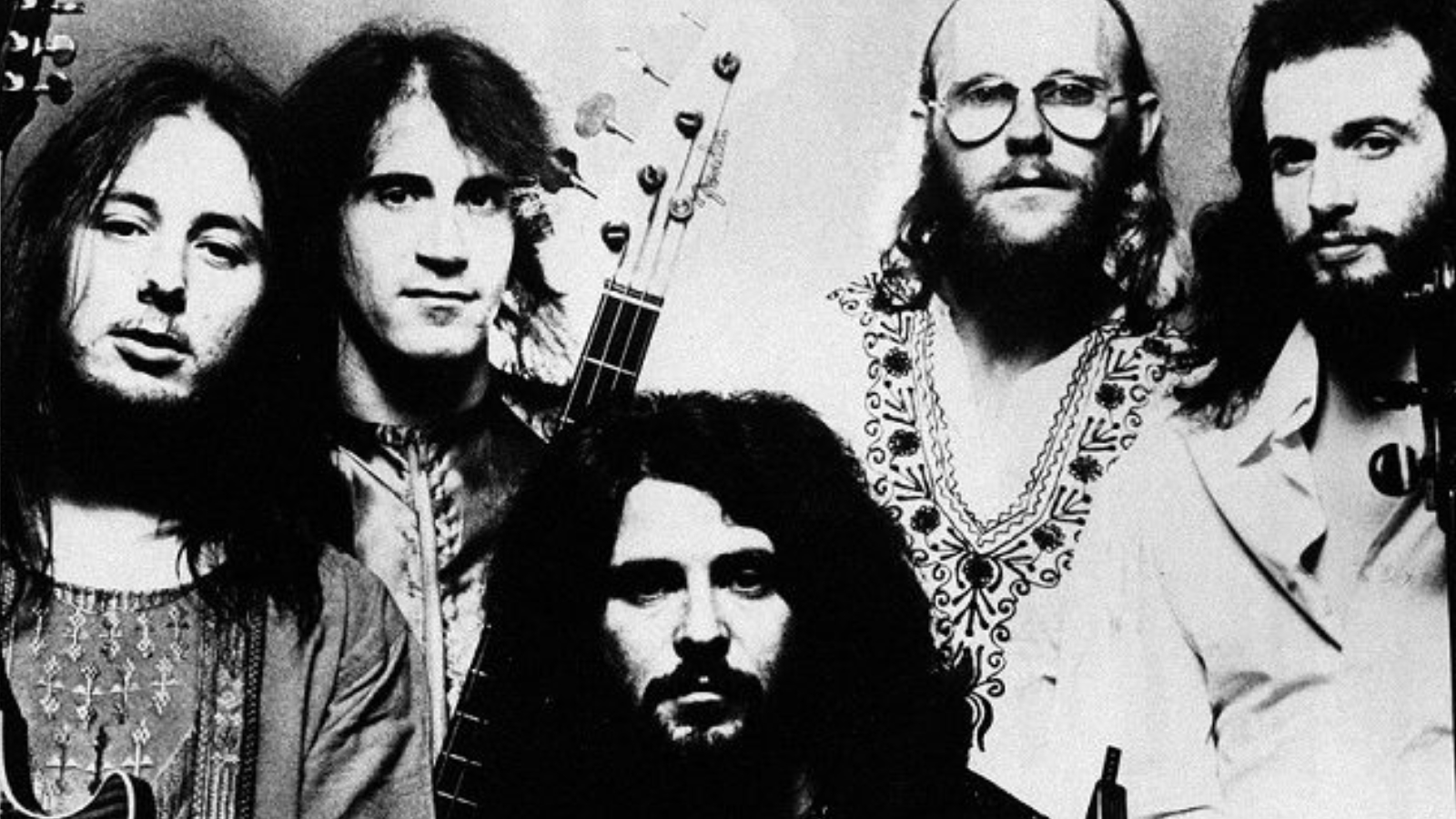
The Early Years: Building a Unique Voice
Gentle Giant’s first two albums, Gentle Giant (1970) and Acquiring the Taste (1971), introduced the world to their eclectic approach to music.
While their self-titled debut was raw and exploratory, their sophomore effort pushed boundaries with its bold experimentation. Tracks like “Funny Ways” on the debut and “Pantagruel’s Nativity” on Acquiring the Taste hint at the brilliance that would follow, but these albums feel like the band finding their footing.
By the time they reached their third album, Three Friends (1972), their vision had crystallised. This concept album, exploring the lives of childhood friends who grow apart, shows their storytelling abilities at their peak.
The combination of emotional resonance and adventurous musicality makes this a fan favorite. It’s also notable for drummer Malcolm Mortimore’s contributions, which brought a jazzier feel to the band’s rhythm section.

The Golden Age of Gentle Giant
Between 1972 and 1976, Gentle Giant released some of the most celebrated albums in progressive rock history. These records not only solidified their reputation but also showcased their creative peak.
Octopus (1972):
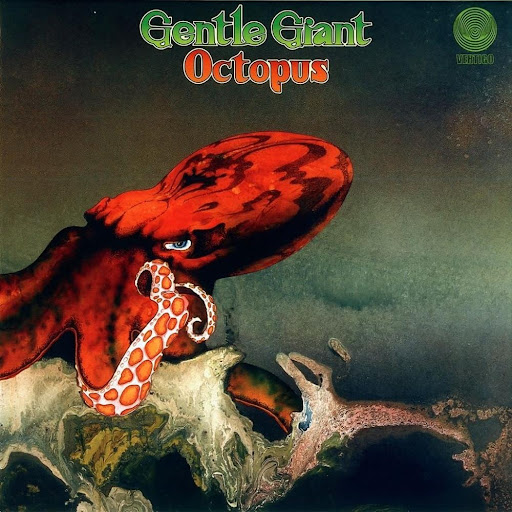
Octopus is often cited as one of their finest achievements, Octopus balances complexity with accessibility.
From the quirky vocal experiments on “Knots” to the medieval elegance of “Raconteur Troubadour,” this album captures everything that makes Gentle Giant special.
It also marked the debut of drummer John Weathers, whose precision and power helped shape the band’s sound moving forward.
In a Glass House (1973):
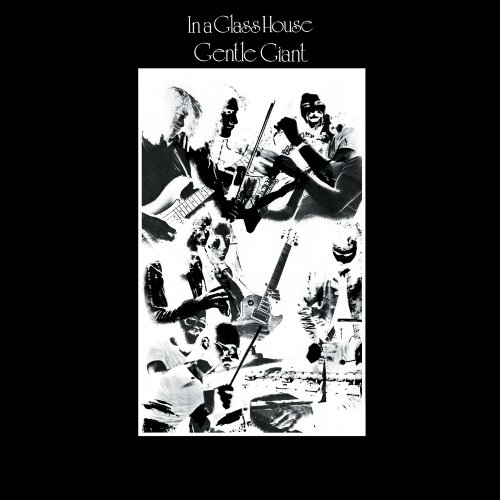
This transitional album followed the departure of Phil Shulman, one of the band’s founding members.
While it leans toward a darker, harder-edged sound, it remains a fan favorite for its intricate arrangements and dense songwriting.
Tracks like “The Runaway” and “Experience” demand your full attention but reward you with incredible depth.
The Power and the Glory (1974):
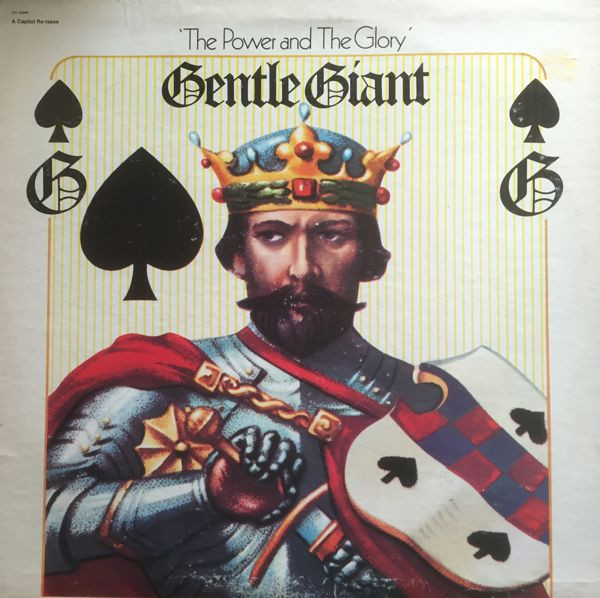
A concept album about leadership and corruption, this is one of the most thematically cohesive albums in Gentle Giant’s catalog.
From the commanding opening of “Proclamation” to the intricate layers of “Playing the Game,” the band’s mastery of narrative and musical complexity is on full display here.
Free Hand (1975):
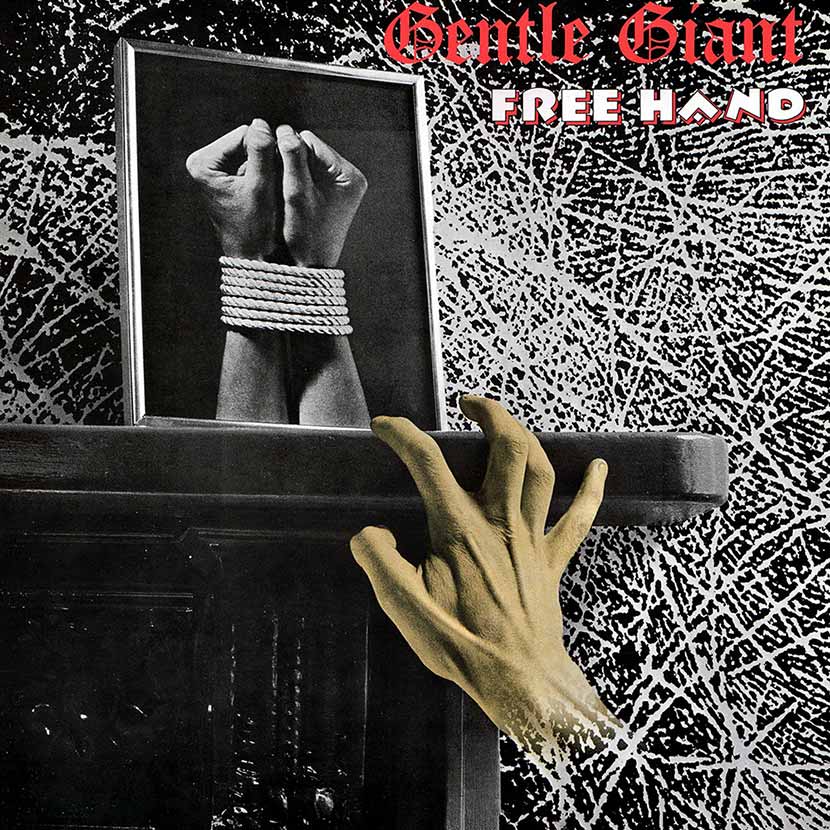
Many fans, including myself, regard Free Hand as one of the band’s most accessible yet intricate works.
Its ability to balance technical brilliance with catchy melodies sets it apart. Tracks like “Just the Same” and “On Reflection” are standouts, showcasing the band’s remarkable chemistry.
These albums represent the zenith of Gentle Giant’s creativity, where every member contributed equally to their bold vision. It’s no surprise that my top four rankings are drawn from this era, though you’ll have to watch the YouTube video to find out where each one lands!
The Attempted Transition to Accessibility
As the progressive rock scene began to wane in the late 1970s, Gentle Giant started to shift toward a more accessible sound. While this transition alienated some fans, it also resulted in albums that showcase a warmer, more personal side of the band.
- The Missing Piece (1977): This album marked the beginning of Gentle Giant’s move toward shorter, more radio-friendly tracks. While it lacks the complexity of earlier albums, songs like “Memories of Old Days” retain the band’s signature depth.
- Interview (1976): Although technically impressive, Interview feels like a continuation of Free Hand rather than a bold new step. The concept—built around band interviews—is intriguing but doesn’t elevate the music to the heights of their earlier work. Tracks like “I Lost My Head” and “Another Show” are highlights, but overall, the album feels less inspired.

The Final Years: A Changing Landscape
By the late 1970s, the music world had changed dramatically, and Gentle Giant found themselves adapting to the rise of punk, disco, and new wave. These pressures are evident in their final two albums.
- Giant for a Day! (1978): The band’s most overt attempt at creating a pop album, this record is often regarded as their weakest. While it features some pleasant tracks, the lack of progressive complexity makes it feel disconnected from the rest of their catalog.
- Civilian (1980): Gentle Giant’s farewell album embraced a straightforward rock approach. While tracks like “Inside Out” show glimpses of their old magic, the album lacks the adventurous spirit that defined their earlier work. It’s a decent album, but not the grand finale fans might have hoped for.
Why I’m Keeping the Top 4 a Secret
The albums that make up the top four in my ranking are, without a doubt, Gentle Giant’s masterpieces. Each one represents a different facet of what made this band so extraordinary. But rather than reveal them here, I want to invite you to experience the full breakdown on my ProgAxia YouTube channel.
In the video, I dive deep into what makes these albums essential listening, from the medieval-inspired charm of Octopus to the polished brilliance of Free Hand. If you’re a longtime fan of Gentle Giant, I think you’ll enjoy revisiting these classics. And if you’re new to the band, this is the perfect starting point for your journey into their music.
Let’s Keep the Discussion Going
After watching the video, I’d love to hear your thoughts! Head over to the comments section and let me know:
- How would you rank Gentle Giant’s albums?
- What’s your favorite track or moment from their discography?
- Do you think the band’s later, more accessible albums deserve a re-evaluation?
Be sure to subscribe to the ProgAxia channel for more rankings, deep dives, and prog rock discussions. I read and respond to every comment, so let’s keep the conversation alive and celebrate the legacy of this incredible band together!
Gentle Giant’s discography is a testament to the power of musical exploration. Whether you’re drawn to the intricate layers of In a Glass House, the storytelling of Three Friends, or the accessibility of Free Hand, there’s something in their catalog for every prog fan to discover.
So, what are you waiting for? Watch the video, join the discussion, and dive into the wonderful world of Gentle Giant. Let’s celebrate one of the most innovative bands in rock history, together.

